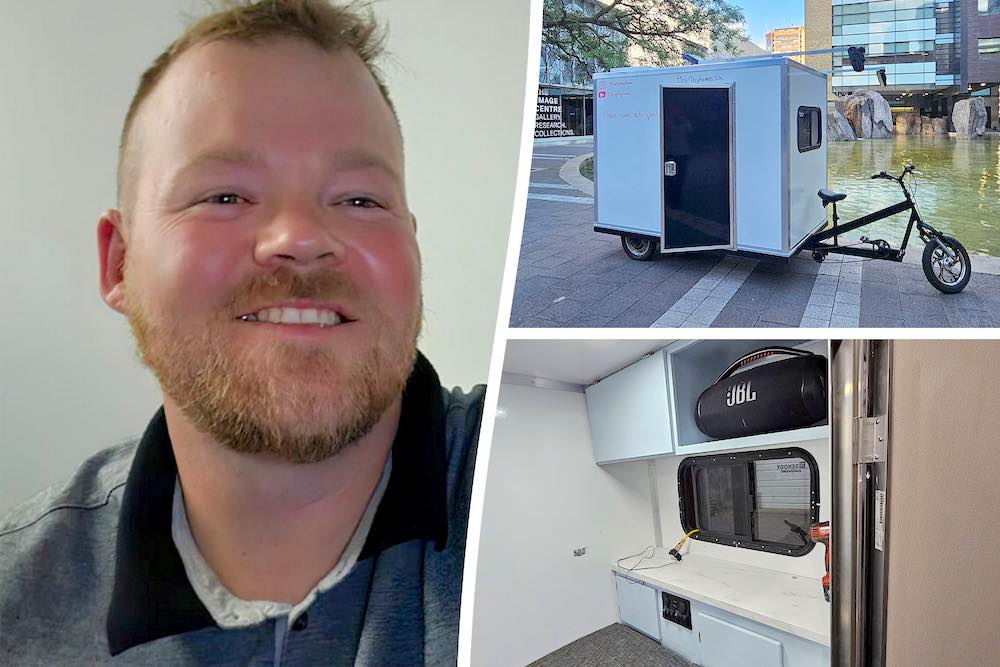San Diego Zoo Welcomes Rare Sumatran Tiger Cub
The San Diego Zoo recently welcomed the birth of a Sumatran tiger cub, a critically endangered subspecies with only around 600 remaining in the wild. The cub was born on August 23rd to first-time mother Jillian. This marks a significant step in the zoo’s ongoing conservation efforts for Sumatran tigers.
Wildlife care specialists report that Jillian is adapting well to motherhood, displaying all the expected maternal behaviors, and the cub has been active and vocal while bonding with her. Lisa Peterson, the senior vice president of the San Diego Zoo Safari Park, emphasized the importance of this birth, noting that it adds vital genetic diversity to the Sumatran tiger population.
Sumatran tigers are the smallest and most endangered of the tiger subspecies, and they face numerous threats, including habitat loss and poaching. Conservationists encourage the public to help protect these animals by avoiding products made with unsustainable palm oil and refusing to buy items made from endangered species.
Jillian and her cub will remain in their den for several weeks to bond before moving to a specially designed habitat. This period is crucial for the cub’s development. Globally, there are 375 Sumatran tigers in zoos, as part of efforts to ensure the survival of this subspecies.




